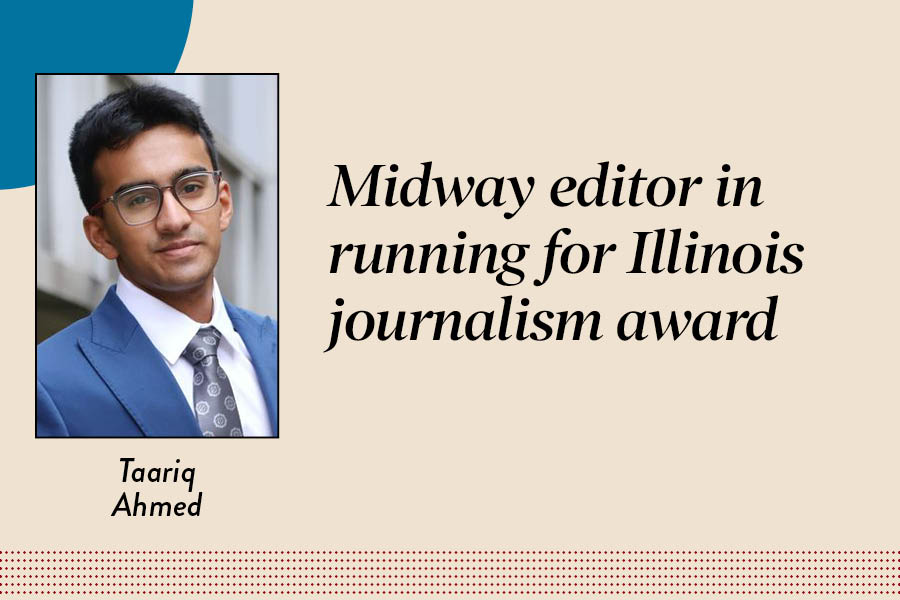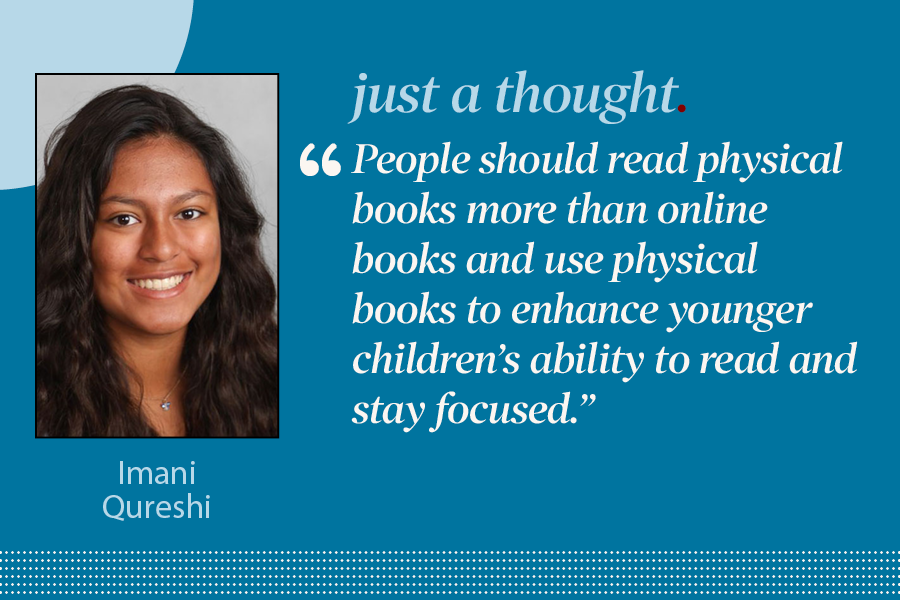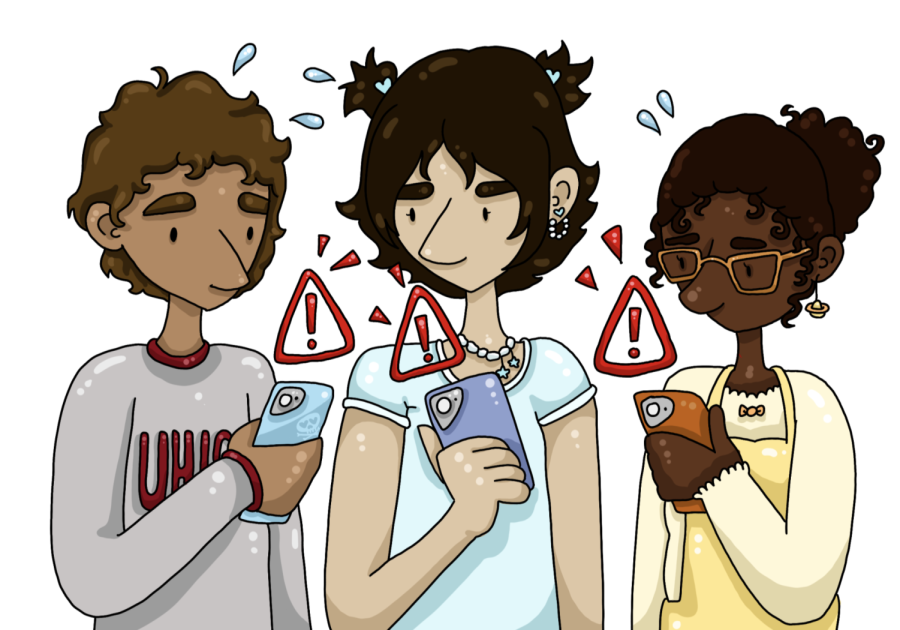Resharing tragedy online can be harmful
According to the Editorial Board, teens must remember the negative consequences that violence can incur on its viewers.
May 26, 2022
As the Midway sees it…
On May 14, an 18-year-old gunman stormed a supermarket in Buffalo, New York, killing 10 people and injuring three more. Among many racist and white supremacist motivations published in a 180-page online document, shooting suspect Payton S. Gendron cited the 2019 Christchurch, New Zealand, massacre as his inspiration.
This shooter’s most striking similarity to the Christchurch shooting was his use of the online streaming platform Twitch to promote his actions to a wider audience. In the document posted before his attack he wrote, “I think that livestreaming this attack gives me some motivation in the way that I know that some people will be cheering for me.”
While Twitch identified and removed the content within two minutes of him going live, the video was shared by screen recordings to other sites such as Streamable, where it circulated over 3 million views. On Facebook, the clip was shared 46,000 times and remained on the site for over 10 hours. In a perverted sense, the shooter’s wish to showcase his egregious actions to the world came true.
A digital age, where information flows freely and instantly, forces young people to navigate the challenging world of online content. While sharing tragic events can lead to awareness and social change, teens must remember the negative consequences that violence can incur on its viewers.
There is legitimate justification to share videos of graphic violence, especially to shed light on serious injustice. Most famously, Darnella Frazier’s video of policeman Derek Chauvin kneeling on George Floyd’s neck garnered over a billion views in its first week and has been instrumental in prompting many people to join the #BlackLivesMatter movement for social change.
But recently, a study by the University of Southern California published in the Journal of Adolescent Health claims videos of violence against African Americans contribute to the poor mental health of young members in the same racial communities.
“Increased exposure to traumatic events online, whether they involve members of one’s own racial-ethnic group or those of other racial-ethnic groups, are related to poor mental health outcomes,” said Brendesha Tynes, an associate professor of education and psychology at the USC Rossier School of Education.
More generally, a 2019 study published in Clinical Psychological Science attributed media exposure to extreme traumatic events with both acute and posttraumatic stress symptoms in viewers. It was also found that graphic exposure could lead to irrational fears of future terrorism, functional impairment and mental health conditions.
In addition to mental and physical impacts of viewing similar forms of media, there are more frightening effects to consider. A May 16 New York Times article linked the Buffalo shooter’s motivations to those of other mass murderers. After analyzing his writings, it concluded that many of his twisted ideas were rooted in white supremacist, neo-Nazi and other far-right ideologies. He was inspired by the video of the Christchurch shooting and sought widely circulated material from far-right leaders such as David Lane. There is a real possibility that by circulating his video — the pinnacle of his own ambitions — one can expose and influence young adolescents to incredibly dangerous ideas.
There is no clear line to what should and should not be shared, but it’s crucial for each individual to understand that resharing can have serious impacts, and those implications must be carefully considered before acting. Resharing especially graphic imagery should not be a trigger-click or a clout-grab. Only an intentional decision to do so can protect those around us and create an online environment that encourages others to never perform similar actions.
This editorial reflects the opinion of the U-High Midway Editorial Board.































































